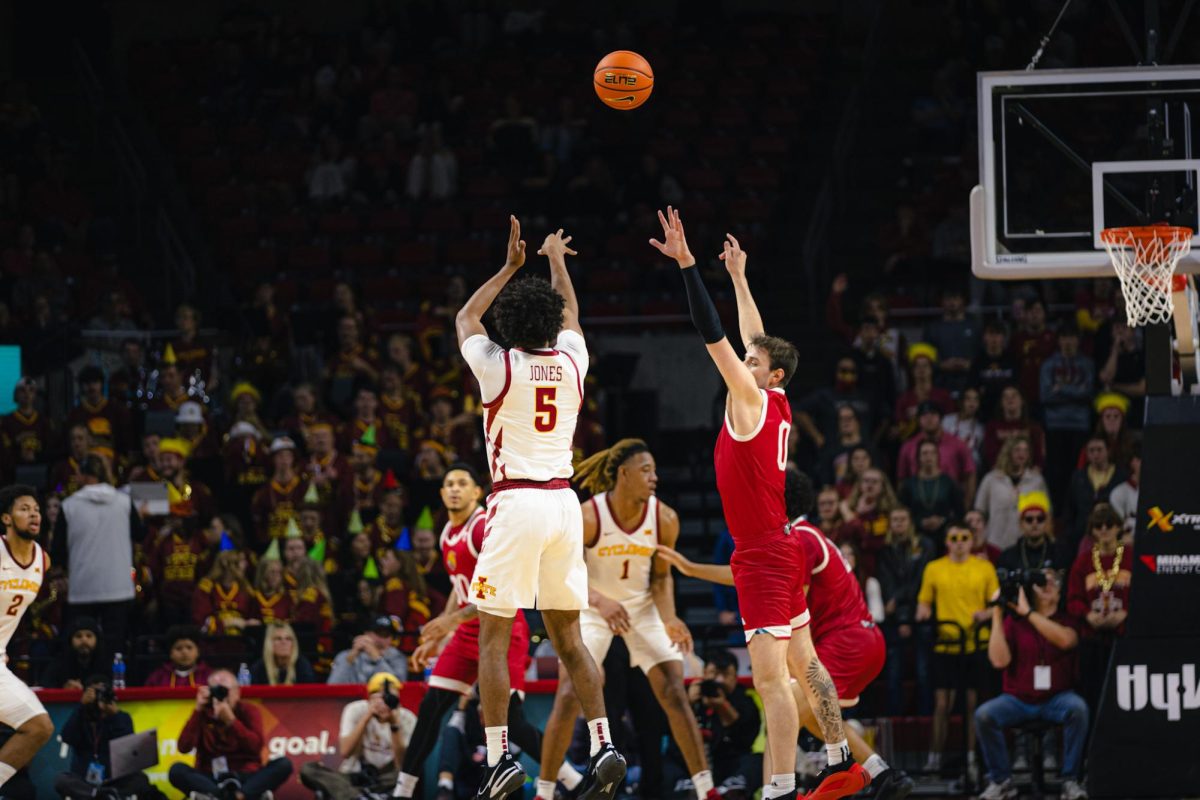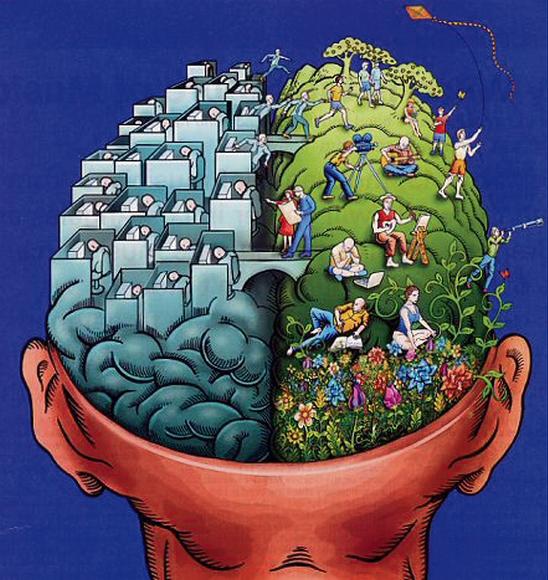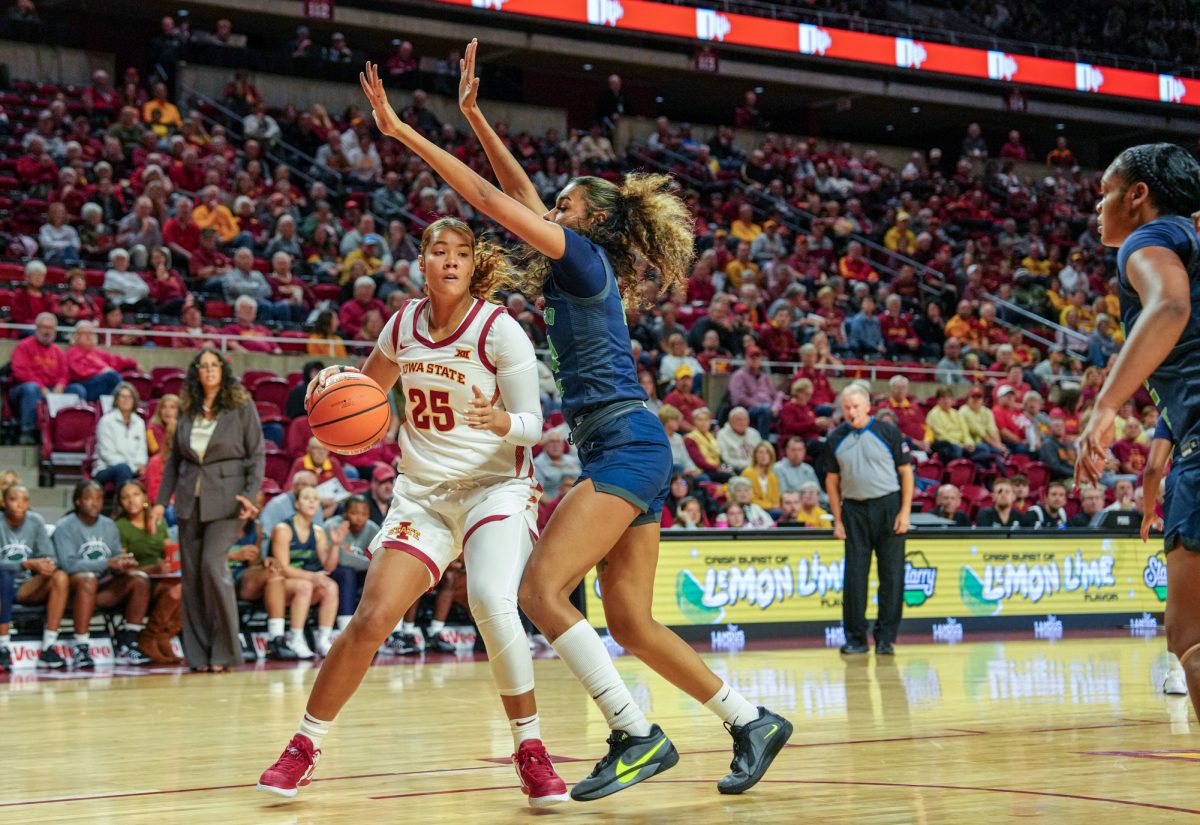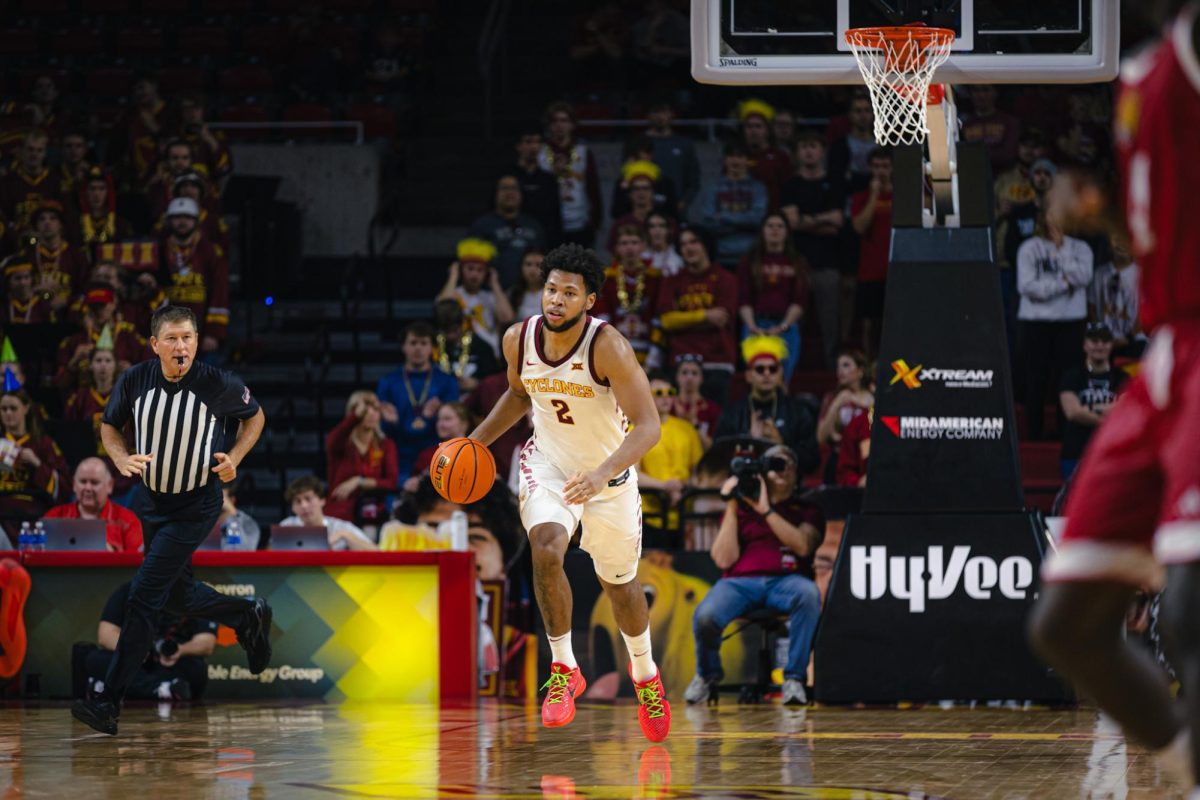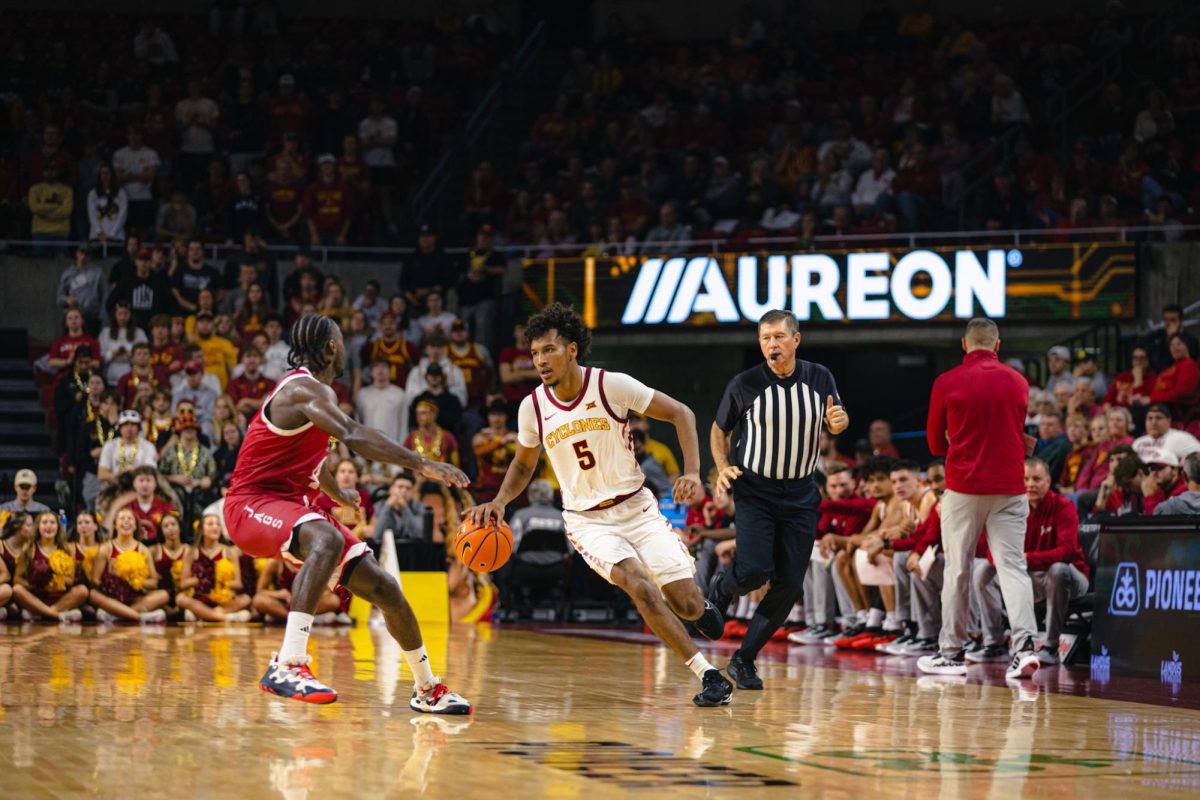COMMENTARY: Ready, Set, Eat
July 13, 2005
Americans love competition. Usually, this manifests itself in sports competitions, where teams of athletes in top physical condition contend on basketball courts, baseball diamonds and football gridirons.
Unfortunately, the glorious feeling of winning is not equally accessible to us all. Some, although not deficient in hunger for victory, are also not lacking in an appetite for cheeseburgers and french fries. Physical girth and its accompanying lethargy conspire to render these individuals to spectator status.
But Americans aren’t ones to take this sitting down — no matter how much they prefer sitting to standing, walking or running. Hungry for a sport of their own, they have turned their true favorite pastime into the fastest growing sport in the country: competitive eating. What could be more American than that?
The competitive eating circuit has ballooned in the last few years to include titles in foods as diverse as deep fried asparagus, beef tongue, sticks of butter, sweet potato casserole, ears of corn and SPAM. The International Federation of Competitive Eating now recognizes 77 distinct titles.
But the granddaddy of all gastrointestinal games — Nathan’s Famous Fourth of July International Hot Dog-Eating Contest — claims a 90-year history. Legend has it that in New York City on Independence Day in 1916, a group of four Italian immigrants, in disagreement over who among them was the most patriotic, decided to settle the matter with a hot dog eating contest.
Now this so-called “Olympics” of competitive eating is broadcast nationwide by ESPN, complete with a pre-game show, expert commentary and post-game interviews.
This year, the commentators were predicting a show-down between two of the sport’s greatest: four-time title winner and reigning champion Takeru Kobayashi of Japan, who in addition to holding the world record for hot dogs (53.5 in 12 minutes), also holds titles for rice balls (20 pounds in 30 minutes) and cow brains (57 in 15 minutes); and Korean-American Sonya Thomas, “The Black Widow,” so-named because of her desire to devour her male competition, holds 23 records, including hard boiled eggs (65 in 6 minutes, 40 seconds), cheesecake (11 pounds in 9 minutes) and oysters (552 in 10 minutes).
I’m almost ashamed to admit that I was drawn in. I can’t tell you for sure why I watched the holiday hot dog-fest. Was it the cross-Pacific rivalry of two great civilizations of gluttony? Was it the allure of a 100-pound woman competing against all odds against a crowded field of male heavy-weights? Was it the human interest story of an immigrant from Korea working as a fast-food manager, hoping to earn enough money from competitive eating to achieve her own American dream — to own a Burger King?
No, I suspect that I watched it for the same reason most Americans watch car races: to see if anything blows up.
I sat in ashamed amazement as competitors downed hot dogs and buns (HDBs as they are known to insiders) at the alarming pace of one every 15 seconds. It was simultaneously gross and engrossing.
The end was as expected: Kobayashi ate 49 HDBs, thus retaining the coveted mustard-colored victor’s belt and earning a year’s supply of Nathan’s-brand hot dogs. Thomas finished in second with 37 HDBs, a personal best.
There were a few surprises.
Notably absent were the VivaVeggie protestors, who in the past have tried to demoralize competitors by reading aloud the ingredients list for hot dogs. Also, Thomas managed to cut the hot dog gender-gap down from 20 HDBs to 12.
I am left with these final questions: Is the rise of eating competitions a valuable contribution of American culture to the world? Is the narrowing of the hot dog gender-gap a significant stride in the quest to place women’s sports on the same level as men’s? And how does a 100-pound woman manage to eat so much in so little time?
Perhaps some questions are best left unanswered.


